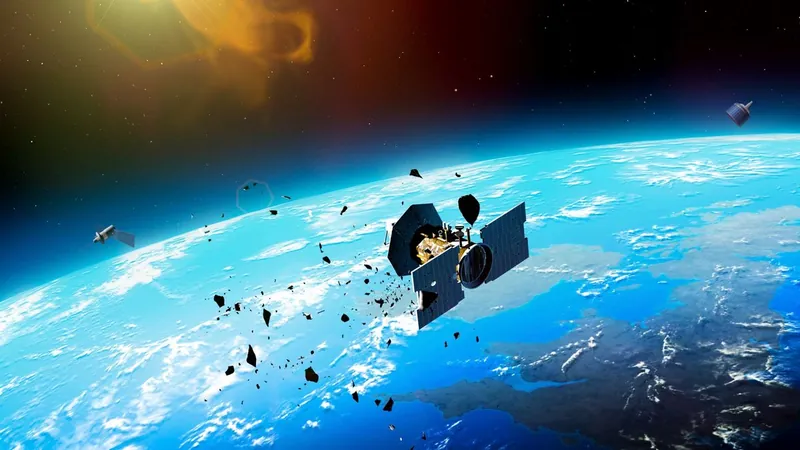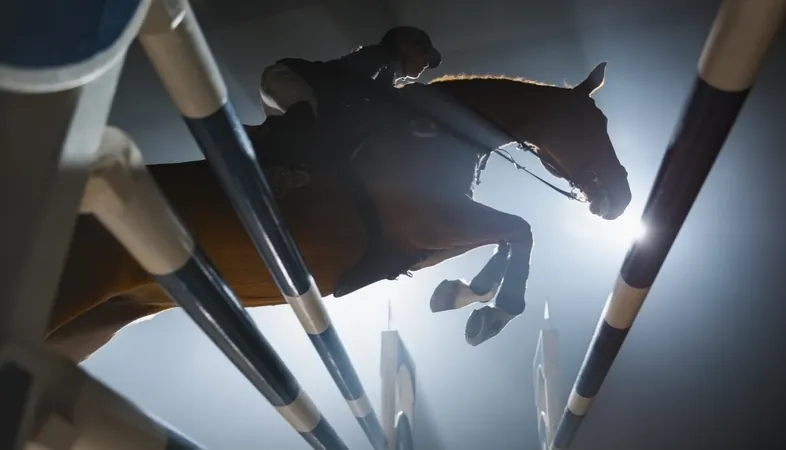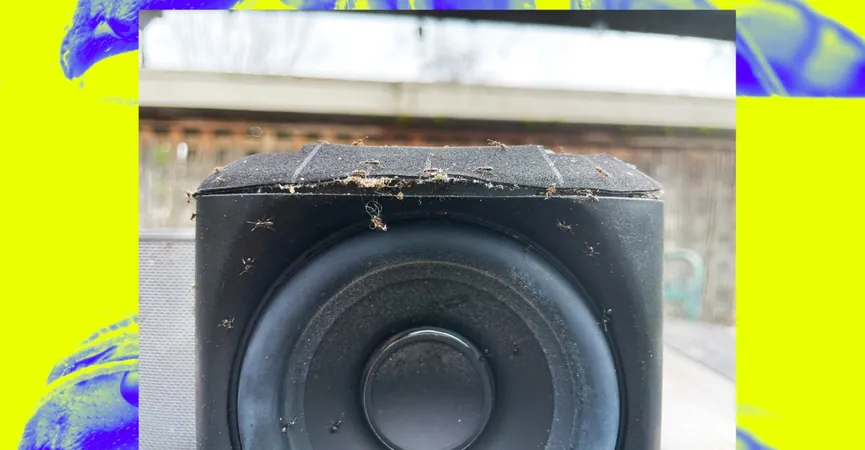
UN Urged to Address the Growing Crisis of Space Junk as Satellite Numbers Soar
2025-01-20
Author: Jacques
Introduction
A coalition of international researchers has issued a strong call for the United Nations to incorporate the protection of Earth's orbital environment into its Sustainable Development Goals (SDGs). This initiative is spearheaded by experts from NASA's Jet Propulsion Laboratory, the University of Plymouth in the U.K., and the University of Texas at Austin. They argue that addressing space debris is critical, especially as our reliance on satellites continues to escalate.
The Surge in Satellite Numbers
In recent years, the surge in megaconstellations—large groups of small satellites designed for internet connectivity and planetary monitoring—has significantly increased the number of satellites in orbit. Approximately 15 years ago, there were just around 1,000 satellites; today, that figure has skyrocketed to over 12,500, with predictions suggesting this trend will continue. As satellites reach the end of their operational life, they contribute to an alarming increase in space debris, which poses a collision risk to active satellites and other space assets.
Call for Action
Melissa Quinn, general manager at Slingshot Aerospace and a key voice in this initiative, emphasized the urgency of establishing a dedicated Sustainable Development Goal for space protection. "Space is no longer an infinite frontier; it is a limited environment that is increasingly under threat from human activities," she noted. "This change would be a transformational step toward safeguarding one of Earth’s most crucial resources."
Comparisons with Marine Conservation
The U.N. established its Agenda for Sustainable Development in 2015, which comprises 17 goals aimed at addressing global challenges like poverty, hunger, health care, and climate change. Researchers point out that the protection of marine life, outlined in SDG No. 14, is comparable to the emerging crisis of space debris. Just as our oceans were once viewed as limitless dumping grounds, so too has space been treated as an infinite resource.
The Urgency of the Situation
Thomas Dowling, a lecturer in remote sensing and geospatial science at the University of Auckland, shared an alarming parallel: "We once considered our oceans as endless resources, now we face barren environments damaged by plastic pollution. We need to apply the lessons learned from marine conservation to space management before it's too late."
The Threat of Space Debris
The threat posed by space debris is indeed urgent. The European Space Agency estimates there are currently around 40,500 large pieces of space junk—over 10 centimeters in size—along with up to 1.1 million medium fragments and approximately 130 million smaller pieces. Traveling at speeds of nearly 5 miles per second (8 kilometers per second), these fragments pose a lethal danger to satellites, including those that are critical for daily communications, navigation, and weather monitoring.
Kessler Syndrome
Experts warn of a dire risk known as "Kessler syndrome," a phenomenon where collisions generate even more debris, creating an uncontrollable cascade of impacts that could severely hinder space operations. The increase in satellite launches has caused a 17% rise in close approaches within low Earth orbit in just a year, indicating a growing danger.
Call for Global Cooperation
Quinn highlighted the pressing need for "urgent, coordinated global action" to ensure the sustainability and safety of space. As more nations and private entities join the race for satellite deployment, the international community must unite to tackle this burgeoning crisis. The time is not just to gaze at the stars but to protect the sky above our planet for future generations.









 Brasil (PT)
Brasil (PT)
 Canada (EN)
Canada (EN)
 Chile (ES)
Chile (ES)
 Česko (CS)
Česko (CS)
 대한민국 (KO)
대한민국 (KO)
 España (ES)
España (ES)
 France (FR)
France (FR)
 Hong Kong (EN)
Hong Kong (EN)
 Italia (IT)
Italia (IT)
 日本 (JA)
日本 (JA)
 Magyarország (HU)
Magyarország (HU)
 Norge (NO)
Norge (NO)
 Polska (PL)
Polska (PL)
 Schweiz (DE)
Schweiz (DE)
 Singapore (EN)
Singapore (EN)
 Sverige (SV)
Sverige (SV)
 Suomi (FI)
Suomi (FI)
 Türkiye (TR)
Türkiye (TR)
 الإمارات العربية المتحدة (AR)
الإمارات العربية المتحدة (AR)